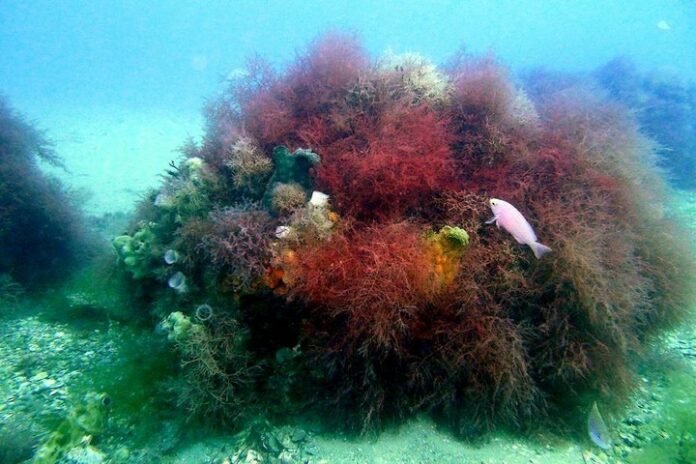Acceptance of the Strategic Marine Area Plan for Hernando County was tabled at the August 28, 2018 Board of County Commissioners (BOCC) meeting. Due to unclear language and omitted definitions, the board will again consider the plan at the regular meeting on September 25, 2018, after necessary changes are made.
Aquatics Manager Keith Kolasa presented the science-based Strategic Marine Area Plan, that is described as a product of the RESTORE act, as well as a grass-roots effort that has been in development by members of the Port Authority.
Since the Strategic Marine Area Plan becomes part of the Comprehensive plan, Commissioner John Allocco was the first to recommend clarification of ambiguous language in the documentation, such as “living shorelines” and “living seawalls.” Allocco said, “My concern is that … it doesn’t make sense yet to approve something that has insider lingo, without having definitions attached … so that everybody understands what they’re looking at.”
Assistant County Administrator Ron Pianta explained the plan’s relationship to the comprehensive plan by saying the comprehensive plan contains a series of strategies and an objective, based on the Strategic Marine Area Plan. “The Strategic Marine Area Plan is data and analysis that supports the trust of the strategies that are executed in the comprehensive plan.” The goals and objectives of the Strategic Marine Area Plan are already a part of the comprehensive plan that has been transmitted to the state.
The RESTORE Act was created to provide economic and ecological recovery to areas affected by the 2010 BP Deepwater Horizon oil spill disaster, and is federally-funded. The county receives $5-million every four years to develop projects in accordance with the RESTORE act. Commissioner Wayne Dukes said of the plan, “This is a living document. No one can plan twelve years out.” It was then pointed out that each plan under future BOCCs will undergo an approval process.
For this project, the county partners with the University of Florida, SeaGrant and the Nature Coast Biologic Research Station to address six goals to “sustain and improve the marine environment, tourism, access, and the ecological health of Hernando County’s marine and coastal resources,” which includes:
1) shoreline stabilization,
2) oyster reef restoration,
3) artificial reefs,
4) recreational and commercial fisheries,
5) vessel navigation and water access, and
6) hardbottom and seagrass habitat.
Each goal is accompanied by a Science Plan, which includes detailed directions on how to meet each goal’s requirement.
Kolasa said, “Overall, the theme is just to foster conservation and promote a sustainable marine resource. There is a protective element in this plan. We, who live in this community know we benefit from a very rich marine resource… it’s instinctive that we want to protect (marine resources) and be part of the decision-making process, so that our kids will continue to be able to go fishing and scalloping…”
The item will appear again on the September 25, 2018 regular BOCC agenda.

